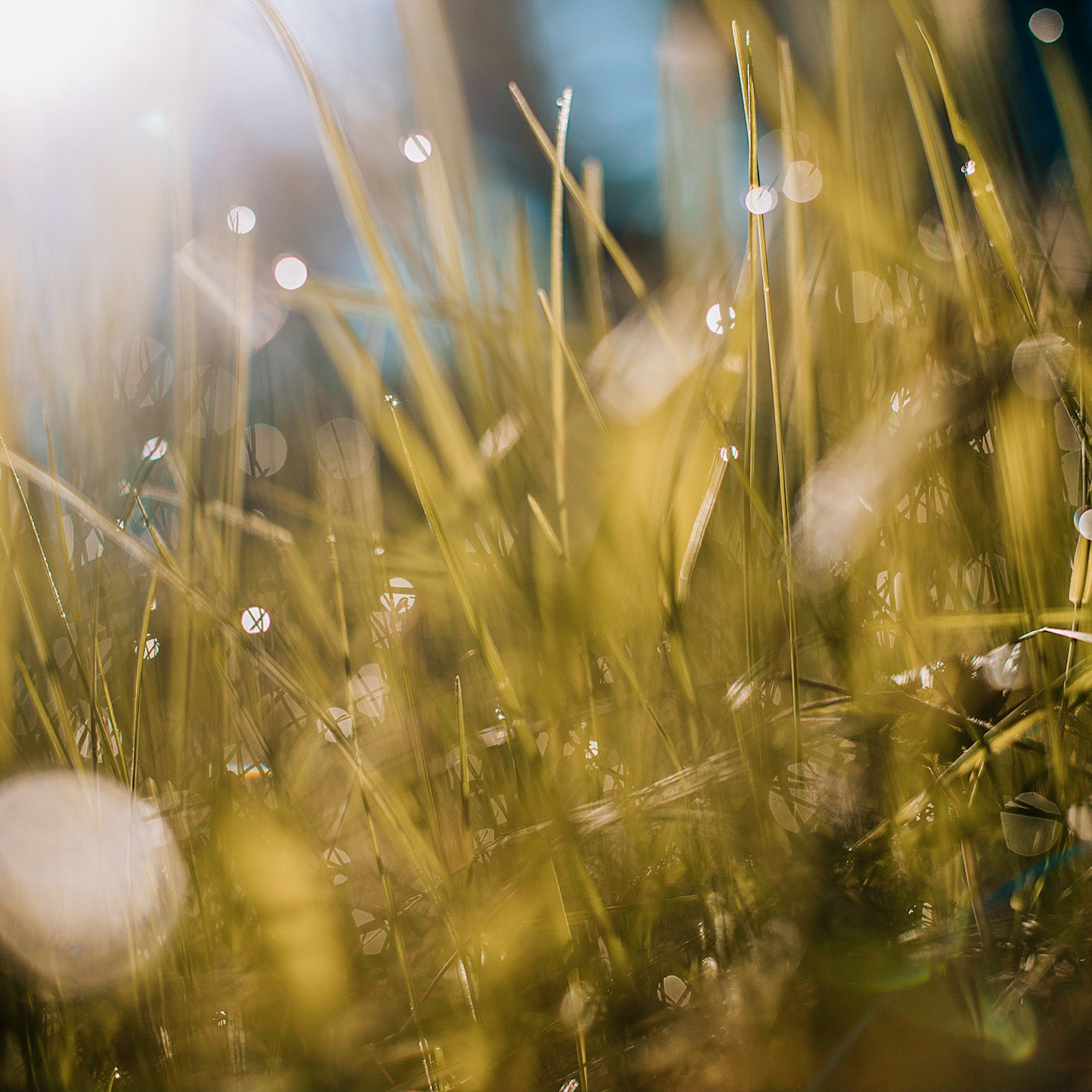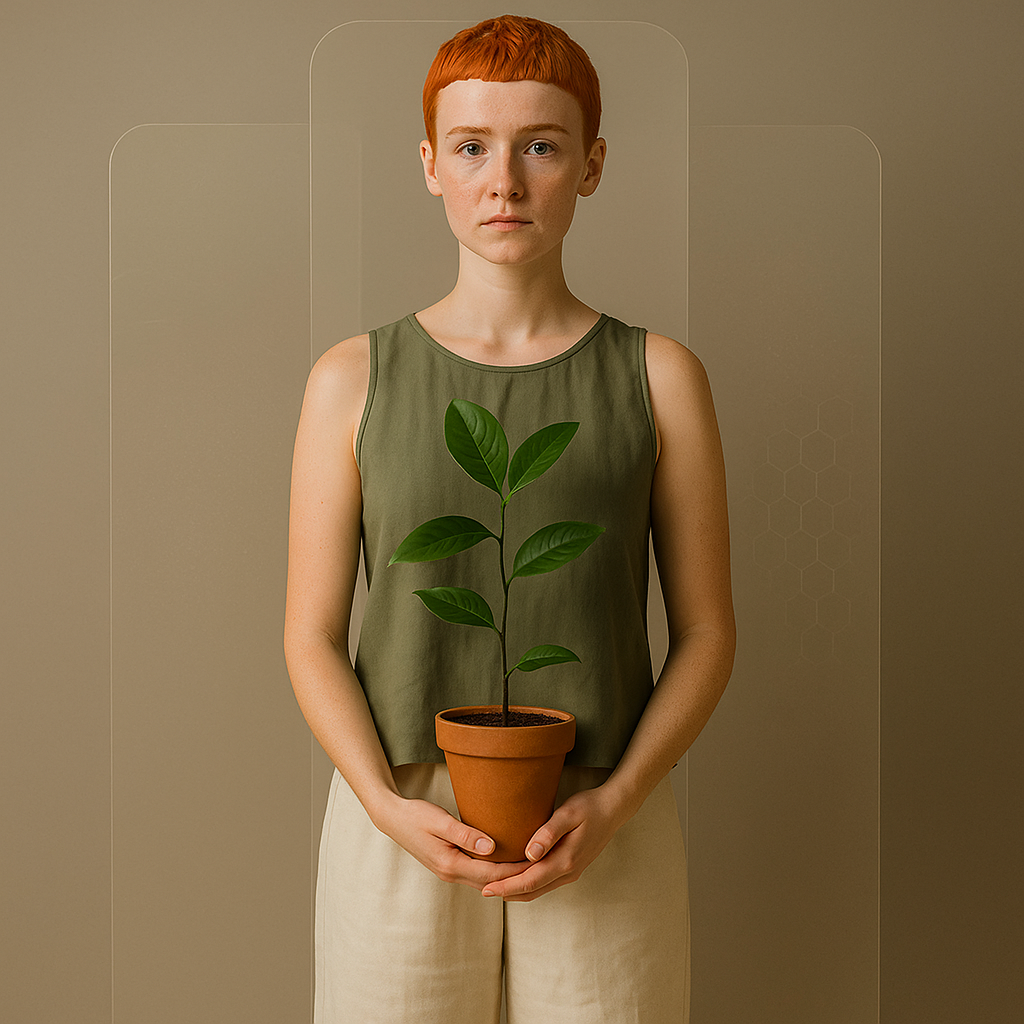The story behind our amazing Endocannabinoid system

This post will be about what our endocannabinoid system is, how it was discovered, and why it is necessary for optimal health.
During the early 90s, a number of researchers in Israel studied the psychedelic substance THC in the Cannabis Sativa plant. On March 24, 1992, Lumír Hanuš, a Czech chemist, together with the American pharmacologist, William Devane, discovered the first known endocannabinoid in our human brain. They named this substance anandamide, after the Sanskrit word for joy.
This discovery gave the start to a completely new direction in health. What we now call the Cannabis industry.
All humans have an internal signaling system called the "endocannabinoid system" (ECS) which is found in almost every organ and part of our body. One could compare our ECS to a big city full of traffic lights and cars. In order for the traffic to flow smoothly, it is necessary that everyone drives in the right direction and that the traffic laws work as they should. Our ECS consists of three separate parts:
1. Receptors – We have two separate receptors that are directly tied to our ECS. One is called CB1 and the other is called CB2. In general, you can say that CB1 is mainly found in our brain and on certain other parts of the body. CB2 is mainly found in our immune system and in our gastrointestinal system.
Our CB1 and CB2 receptors work like a lock and are opened with the help of Endocannabinoids and Phytocannabinoids. You will find more about these further down in this post. In the example above, our receptors can be compared to the traffic lights in the city. They brake and release the cars in the correct order. In this way, collisions and queue formation are avoided.
2. Endocannabinoids are molecules that our body naturally produces to manage our receptors. So far, researchers have discovered two different endocannabinoids – Anandamide and 2-arachidonoylglycerol (2-AG). Our endocannabinoids act as keys to the car (CB1 and CB2). If any of the traffic lights (receptors) break, become unbalanced or out of sync, the cannabinoids are sent out to repair what has broken.
In addition to the Endocannabinoids that are produced naturally in our body, there are also plant-based cannabinoids called Phytocannabinoids. The word Phyto means plant-based and these cannabinoids are mainly found in the plant Cannabis Sativa. Phytocannabinoids are identical to our own endocannabinoids and therefore also act as keys to our receptors.
3. Finally, our body produces a variety of enzymes that break down our endo- and phytocannabinoids when they are no longer needed in the body.
Our body and its various organs are more complex than we have ever been able to believe before. The signaling systems that regulate functions between our various organs have developed over several million years of evolution. However, the basis is always the same. Our body constantly wants to achieve balance. This balance is called in another word "Homeostasis". According to Wikipedia, Homeostatis is described as follows:
In biology, homeostasis is the state of steady internal, physical, and chemical conditions maintained by living systems.This is the condition of optimal functioning for the organism and includes many variables, such as body temperature and fluid balance, being kept within certain pre-set limits (homeostatic range). Other variables include the pH of extracellular fluid, the concentrations of sodium, potassium and calcium ions, as well as that of the blood sugar level, and these need to be regulated despite changes in the environment, diet, or level of activity. Each of these variables is controlled by one or more regulators or homeostatic mechanisms, which together maintain life.“
You can simply say that Homeostasis is balance in the body. Pay particular attention to the last sentence above "...which together maintain life". Without homeostasis, there is no life. Our endocannabinoid system exists so that our body can enter and then maintain a perfect balance, homeostasis.
Although much more research is needed to fully understand the functions of our ECS, today we know that the ECS plays a central role in the following parts of our human body:
- Central Nervous System
- Cardiovascular system
- The gastrointestinal system
- Reproductive system
- The skeleton
- Immune defense
- The metabolic process
We also know that the ECS plays an important role in regulating:
- Memory and learning
- Appetite
- Stress Response
- Feeling of pain
- Mood
- Sleep
- Inflammation
- Drug abuse
There are also new studies that indicate that a lack of endocannabinoids and a disturbed homeostasis can be a contributing cause of diseases such as migraines, fibromyalgia and IBS.
In summary, it can be said that our body (endocannabinoid system) can be compared to a big city with a complex system of cars and roads. This road system works just fine as long as the traffic lights (receptors) work properly. Due to our urban lifestyle, sometimes some traffic lights stop working. Then repairers (endocannabinoids) are sent out to fix the traffic lights. If a large number of traffic lights break, the number of regular repairers is not enough. Then the city must also hire external repairers (Phytocannabinoids) who do at least as good a job. When traffic flows as it should, balance (homeostasis) occurs.
More research is still needed to fully understand the endocannabinoid system but one thing is for sure. If we are to achieve optimal health, we must take this vital signaling system into account.
Sources:
https://pubmed.ncbi.nlm.nih.gov/17369778/
https://www.labroots.com/trending/health-and-medicine/7420/cb1-cb2-cannabinoid-receptors-brain
https://www.leafly.com/news/science-tech/lumir-hanus-discovered-first-endocannabinoid-anandamide
https://www.medicalnewstoday.com/articles/endocannabinoid




Comments